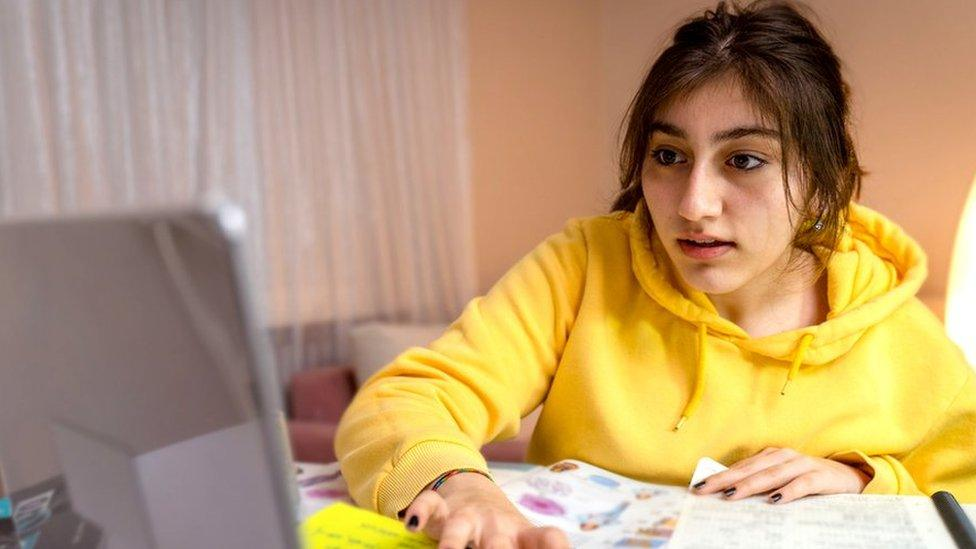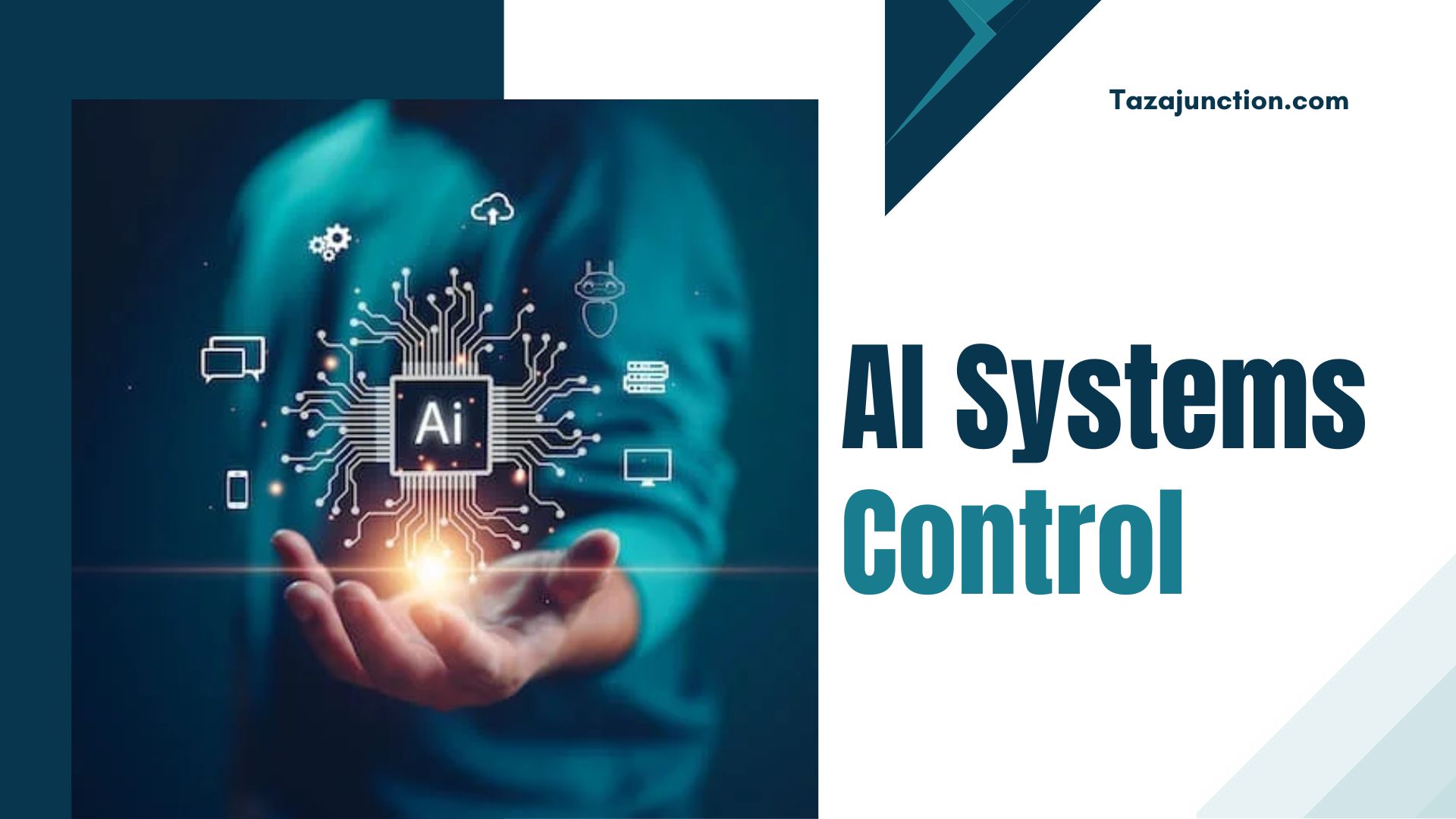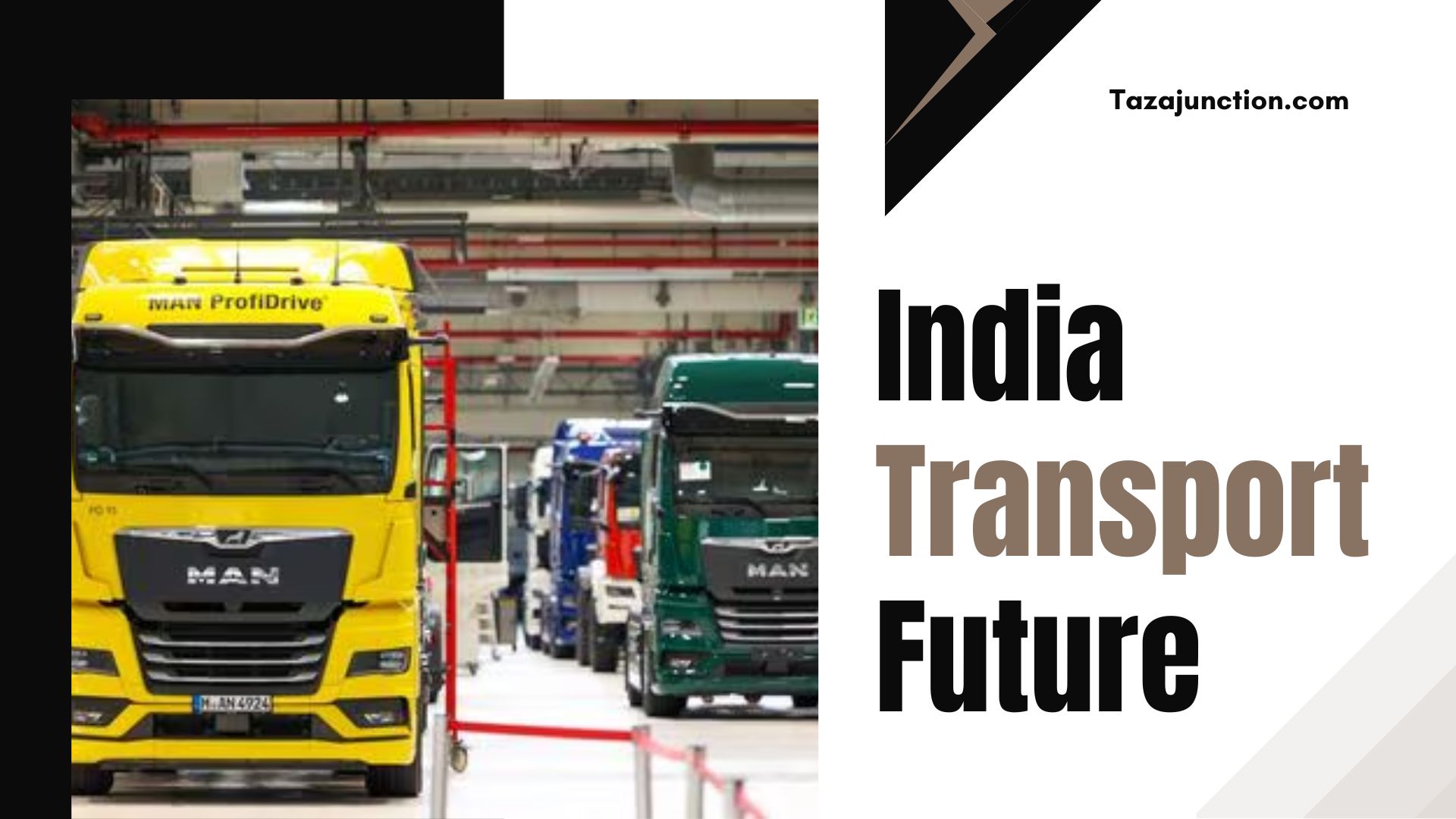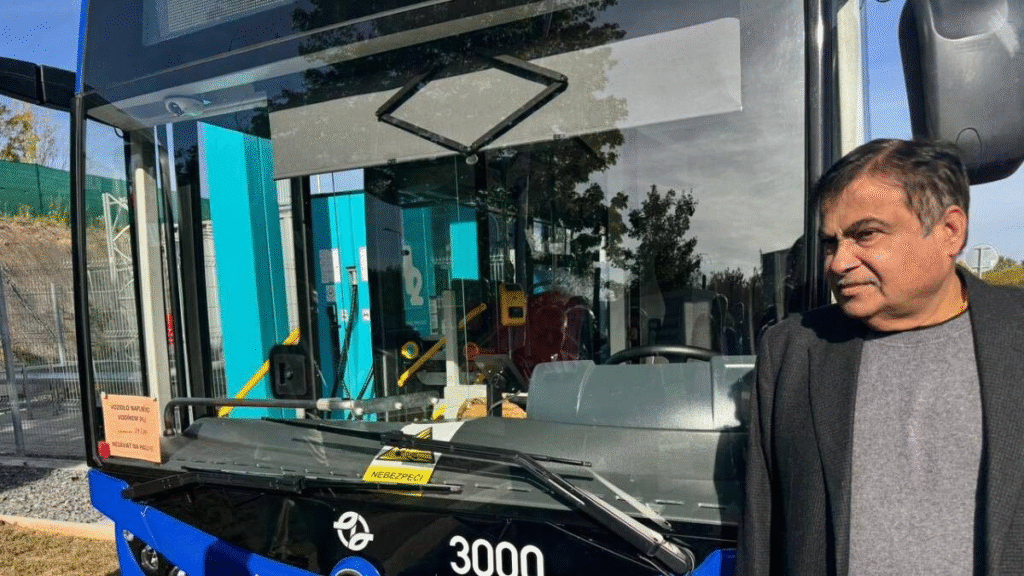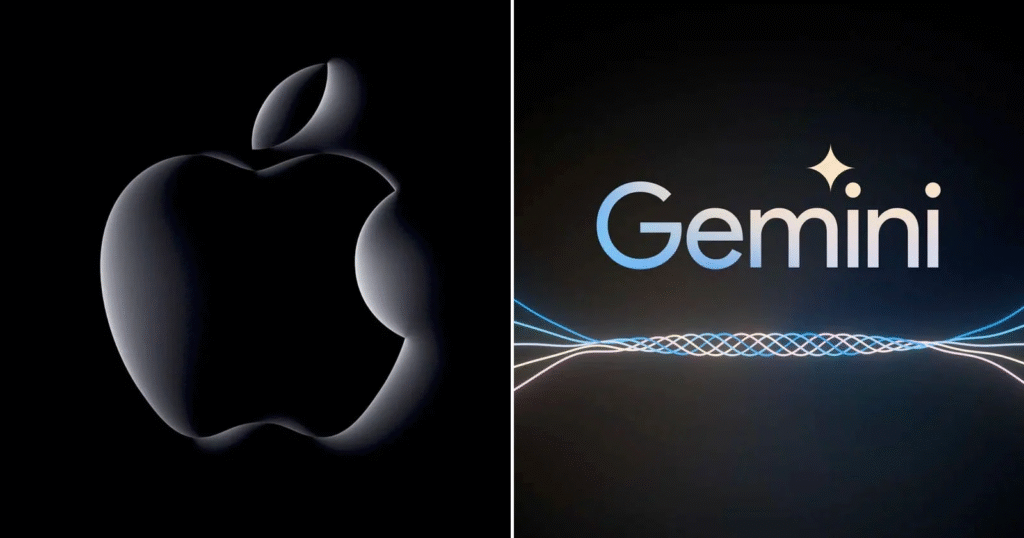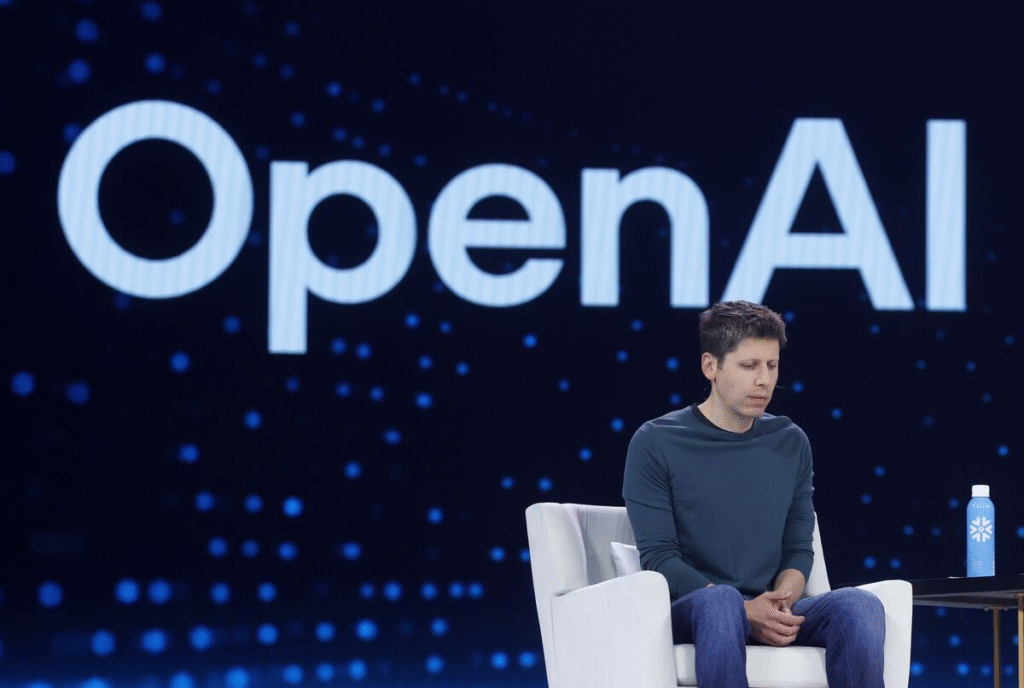In a significant development that could have global implications for how tech giants operate, the Australian Competition and Consumer Commission (ACCC) has officially filed a lawsuit against Google.
The case centers around alleged Google anti-competitive Search deals, claiming the tech behemoth leveraged its market dominance to suppress competition and maintain control over default search engines across devices.
This isn’t Google’s first clash with regulators, but it may prove to be one of the most impactful cases yet. The ACCC argues that Google has structured its partnerships with hardware manufacturers and telecom providers in ways that effectively lock out rival search engines—limiting consumer choice and stifling innovation.
Let’s dive with TazaJunction.com into the details of the case, the arguments from both sides, and the broader implications this could have for antitrust law and tech regulation worldwide.
Table of Contents
What the Lawsuit Alleges?
The lawsuit filed by the ACCC accuses Google of engaging in anti-competitive conduct by entering into exclusive contracts and pre-installation agreements with device makers, such as Apple, Samsung, and Android OEMs.
These agreements often ensure that Google Search is set as the default or exclusive search engine on smartphones, tablets, and computers.
According to the ACCC, such Google anti-competitive Search deals restrict competition in two main ways:
- Blocking alternatives from being installed or chosen as defaults
- Incentivizing OEMs and service providers with revenue-sharing schemes that discourage use of other search providers
The regulator contends that these practices have entrenched Google’s dominance in the search engine market in Australia and beyond, leaving little room for smaller players to gain traction.
How These Deals Work?

At the heart of the case is the nature of Google’s business relationships. The ACCC claims the Google anti-competitive Search deals include terms that tie access to the Play Store or key Google services to the requirement that Google Search be the pre-set engine on Android devices.
Additionally, the lawsuit alleges that Google pays billions annually to companies like Apple to remain the default search option in Safari. While these deals may seem harmless on the surface, regulators argue that they create significant barriers for competition and distort the open nature of the internet.
Google’s Response to the Allegations
In response to the ACCC’s lawsuit, Google has pushed back firmly. The company denies any wrongdoing and insists that its agreements are both legal and beneficial to consumers.
A Google spokesperson stated:
“People can and do choose which search engine they want to use. These agreements help fund the development of operating systems and devices that people rely on every day.”
Google maintains that users are free to switch search providers and that its market share reflects the quality of its service, not coercive business tactics.
They argue that the Google anti-competitive Search deals mentioned by the ACCC are not exclusionary, but rather examples of commercial partnerships that benefit all parties involved.
Historical Context: A Global Antitrust Battle
This is not the first time regulators have challenged Google anti-competitive Search deals. Similar lawsuits have been filed in the European Union and the United States. In 2018, the European Commission fined Google €4.34 billion over similar concerns related to Android devices.
The U.S. Department of Justice also filed an antitrust case in 2020, accusing Google of unlawfully monopolizing the search and search advertising markets.
The Australian lawsuit mirrors many of the arguments made in these global cases, reinforcing the idea that Big Tech is facing a worldwide reckoning. The outcomes of these legal battles will set precedents that affect how tech platforms can operate and what level of control they can exert over users’ digital experiences.
Implications for Consumers and Competitors
Should the ACCC’s case succeed, it could result in a major reshaping of how search engines are distributed and promoted on devices. Here’s how the situation could impact different groups:
For Consumers
- More transparency and choice when selecting default apps and services
- Potential rise of new competitors offering unique features or ethical search practices
- Possibly less personalization or convenience in some default configurations
For Competitors
- A fairer playing field for emerging search engines and privacy-focused alternatives like DuckDuckGo or Ecosia
- Reduced dependency on restrictive hardware contracts
- Greater opportunity to compete on innovation and privacy, rather than market access
The case underscores the importance of ensuring tech monopolies do not stifle innovation or make it impossible for smaller players to grow.
The Role of the ACCC in the Tech Landscape

The Australian Competition and Consumer Commission has taken an increasingly active role in regulating digital platforms. From taking on Facebook and Google over media bargaining laws to now focusing on Google anti-competitive Search deals, the ACCC is building a reputation for holding powerful companies accountable.
By stepping into this space, the ACCC is also aligning itself with international antitrust efforts, signaling that Australia is serious about tech regulation. Its actions could influence other countries in the Asia-Pacific region to examine similar conduct and adopt stricter regulatory frameworks.
Industry Reactions
Reactions from industry stakeholders have been mixed. Privacy advocates and consumer rights groups largely support the ACCC’s case, arguing that the public deserves more control over their digital environment.
However, some business groups and tech lobbyists caution that aggressive regulation could stifle innovation and impose unnecessary burdens on software developers and device manufacturers.
As the legal process unfolds, the Google anti-competitive Search deals debate will likely remain front and center in conversations about the future of digital competition.
The Bigger Picture: Search Engines as Gateways
Search engines are not just tools—they are gateways to the internet. They influence what users see, what information is prioritized, and how advertising dollars flow.
When a single company controls a dominant share of this access point, it creates potential risks for democracy, commerce, and information diversity.
The ACCC’s case challenges not just the legality of Google anti-competitive Search deals, but also the ethics of consolidating such immense power in a single platform.
Should courts rule in favor of the regulator, it could encourage a restructuring of how defaults are set, forcing tech companies to provide genuine choice screens and loosen contractual restrictions on partners.
What Comes Next?
The case is still in its early stages, and legal proceedings are expected to unfold over months or even years. During that time, there may be temporary injunctions, negotiations, or even settlements.
However, the focus on Google anti-competitive Search deals is unlikely to fade. As public awareness grows and legal pressure mounts, tech companies will face increasing demands to open up their platforms, disclose their contracts, and prioritize fairness over market control.
Final Thoughts
The Australian regulator’s decision to sue Google over anti-competitive Search deals could mark a turning point in global digital regulation. It challenges not only Google’s business practices but also the broader tech industry’s reliance on restrictive agreements and default dominance.
Whether the lawsuit results in fines, behavioral changes, or broader regulatory reform, one thing is clear: the era of unchecked dominance in the search engine space is coming under serious scrutiny.
Consumers, competitors, and governments around the world will be watching closely. The outcome may very well shape how we search, connect, and interact in the digital age for years to come.




